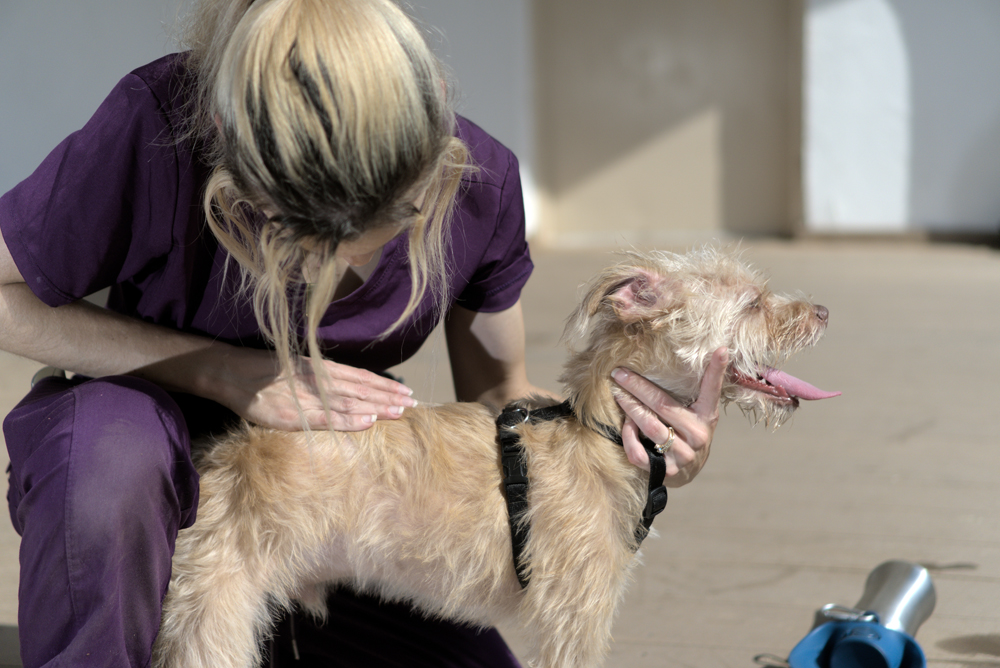Three topics swirl around pet healthcare circles and conferences: (1) Access to care; (2) Veterinary shortages; and (3) Veterinary technician retention.
No organization publicly challenges all three of these issues, or any one of these for that matter, as even the AVMA concedes at least a “temporary” shortage. Still, where is the common ground for solutions? Is there any doubt that these three challenges are inter-connected? This article will place Veterinary technicians in the center of a comprehensive solution that pulls in technology innovations along the way.
This will be the centerpiece of a Bridge Club podcast at 8 p.m., Eastern Time on Wednesday, September 18, and you all are invited to join and participate.
The challenge, and hence the solution, is structural. Follow the reasoning:
- The last 50 years have focused on a veterinarian-centric model serving what is referred to as Veterinary Medicine. Even though human healthcare abandoned the term “human medicine” years ago as far too limited (it’s not only or even mainly about the medicine”), we’ve only just begun to use the term pet healthcare. Healthcare for humans or pets is a system of care using an array of tools and professionals, but for too long we’ve deployed a vertical model with DVMs at the top and everyone else down the mountain.
- Earnest watchdogs monitor the question of scope of practice for Veterinary technicians, and usually with an eye (plus microscope) towards a fear that Veterinary technicians are acting outside of their approved box.
- So what happens when there is a large and growing shortage of DVMs in a veterinarian-centric model of pet healthcare? The system slows down; appointments become privileges; access to care shrinks for pets; and, not surprisingly, every person inside the clinic starts to burn out.
- Since we have declining numbers of people interested in becoming Veterinary technicians and openings of new Veterinary schools moving very slowly, what are the options to address shortages?
- How about we use our Veterinary technicians differently, remove the prescriptive shackles on how they apply their skills, and ultimately provide Veterinary technicians with a much greater stake in the pet healthcare system. Remember, just like DVMs, credentialed Veterinary technicians (LVT, RVT, CVT) must have an accredited degree and pass a national board examination (administered by the American Association of Veterinary State Boards). Think about this for a minute: Vet techs and DVMs each have accredited degrees and pass a national board examination. Does our regulatory system reflect this common bond?
- Yet Veterinary technician licenses and scopes of practice are overseen by state Veterinary medical boards governed by DVMs. Human healthcare nurses have their own licensing boards, as applies to hundreds of skilled professionals throughout America inside and outside of healthcare. Why not empower Veterinary technicians in the same manner and allow the issue of scope of practice for Veterinary technicians be decided with Veterinary technicians at the table and not outnumbered? And how about Veterinary technicians being able to own practices or be co-owners in those states limiting this privilege to DVMs?
- If the current roster of Veterinary technicians can do more with each pet, won’t this have a meaningful impact on shortages and access to care? Does this mean that Veterinary assistants may step up to do more with additional training? I should hope so.
- Could this mean that Veterinary medicine is less veterinarian-centric and operates more like a pet healthcare system? I’d hope so.
- And doesn’t this welcome even greater and faster technology innovations that do not require a DVM to operate or manage? Yes, and aren’t we ready for this?
Join me and other leaders for a continuing conversation on the Bridge Club podcast on September 18!

